Taking inspiration from nature, scientists create a two-component catapult that overcomes limitations in 4D printing.
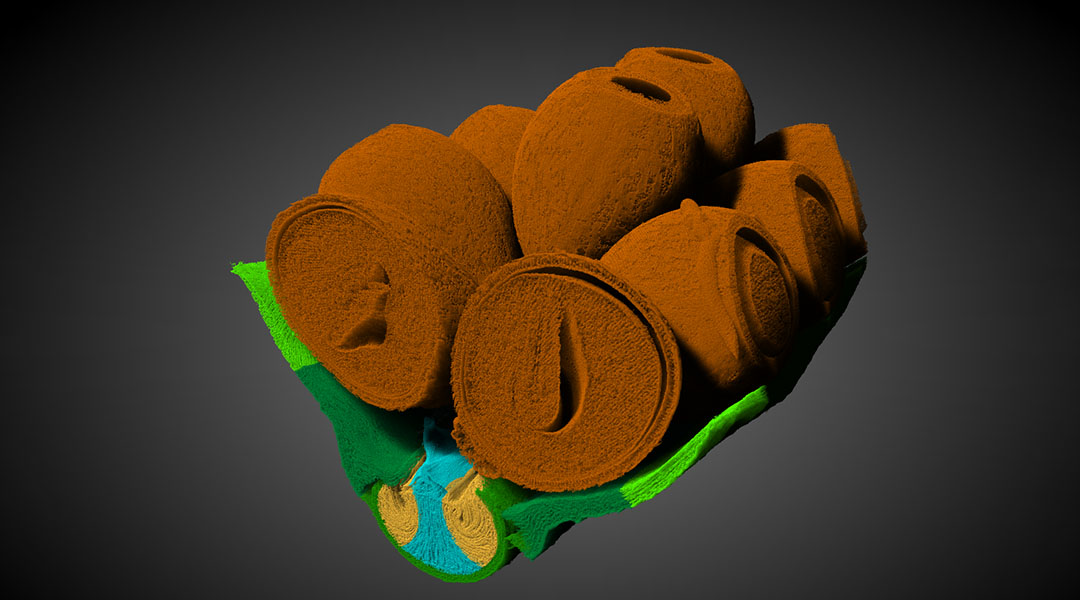

Taking inspiration from nature, scientists create a two-component catapult that overcomes limitations in 4D printing.
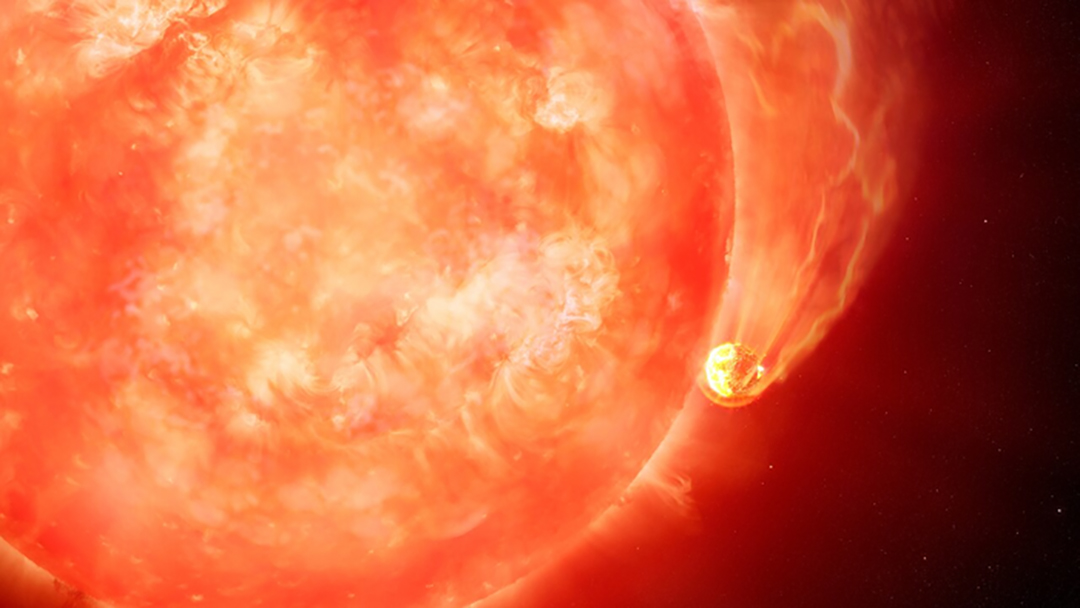
The observations of the death-row star and an unfortunate planet give us an advanced preview of Earth’s final fate.
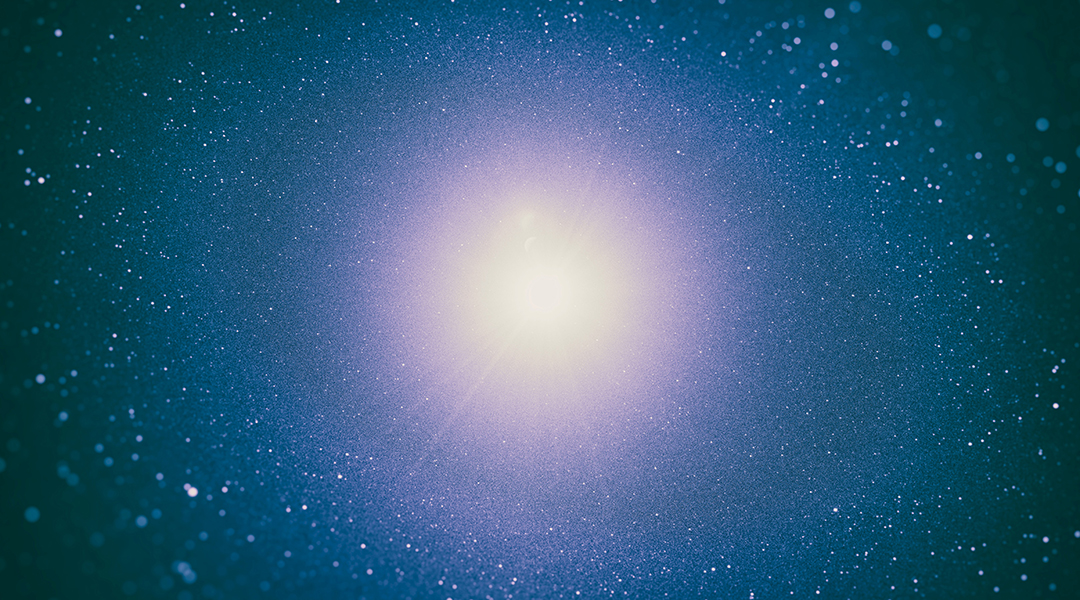
Astronomers have observed neutron stars that emit more energy than is theoretically possible, and now an explanation might be in the works.
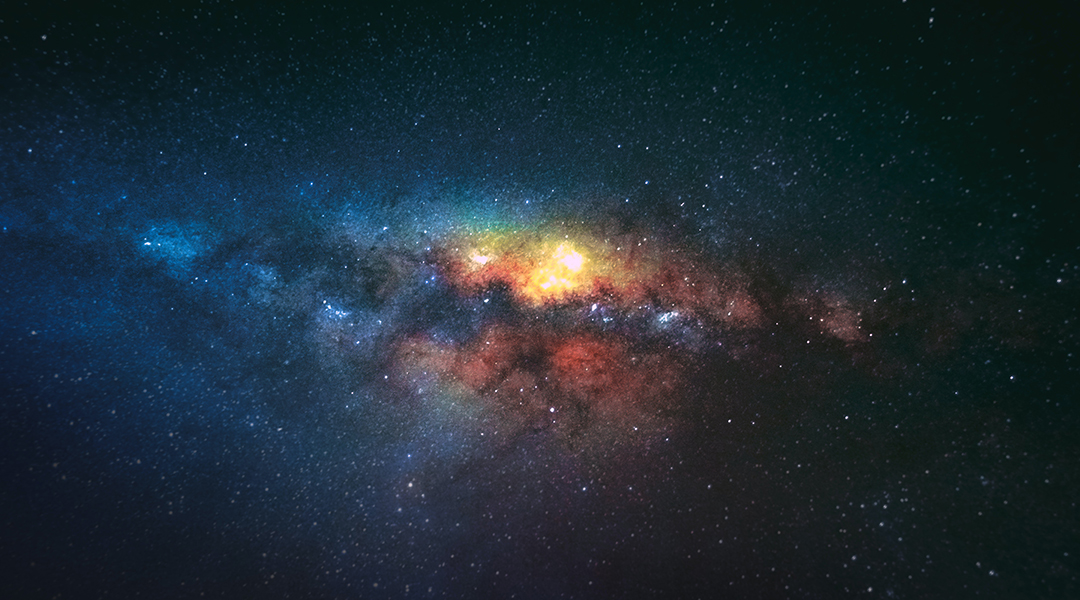
Comparing simulated X-ray emissions from galaxy clusters to real observations provides support for the Standard Model of Cosmology.
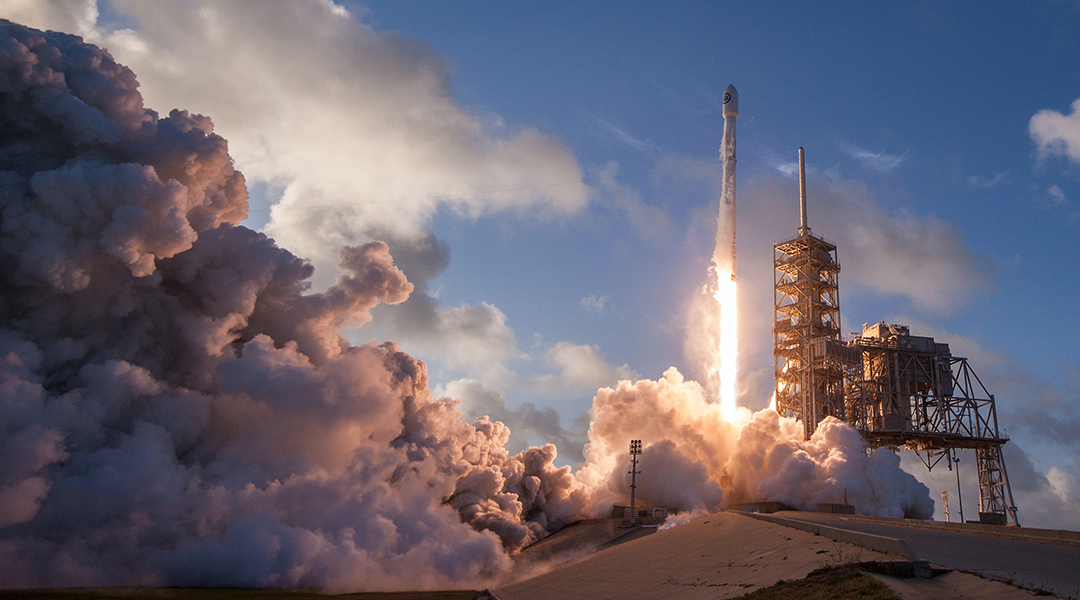
Nine different ways of using technologies based on microbes that can make space research more circular and generally more sustainable.
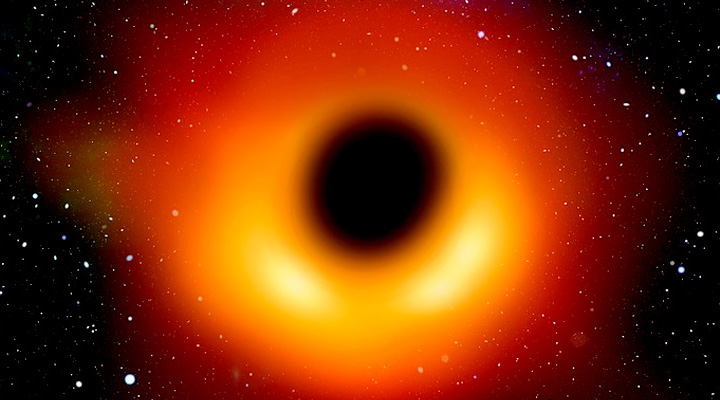
Finding the Universe’s first black holes with the help of Hawking radiation.
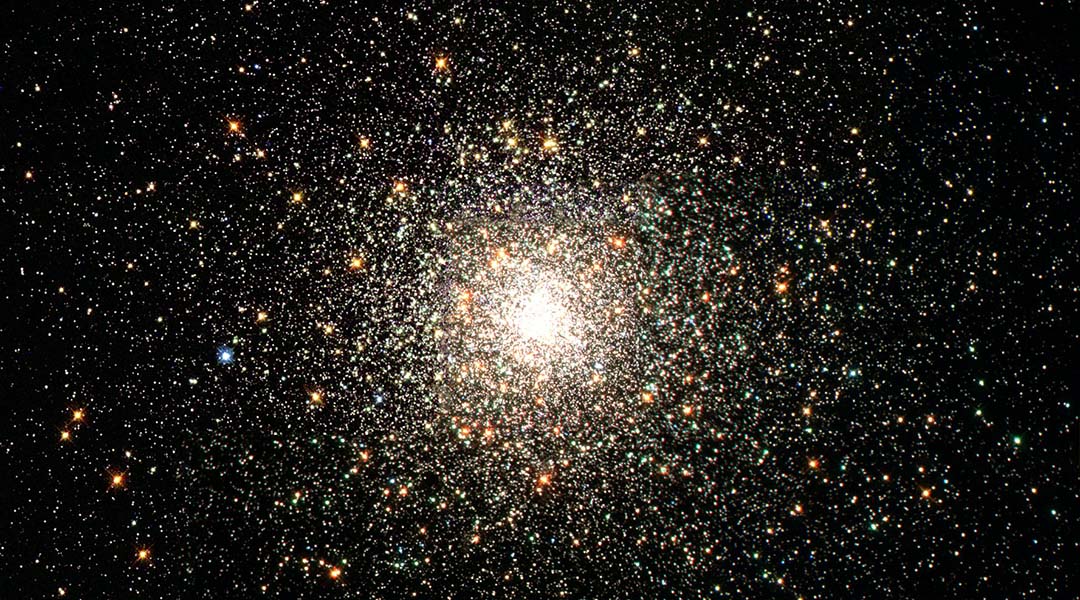
A new study evaluates gravity using string theory, a promising candidate for describing particle interactions at their most fundamental level.
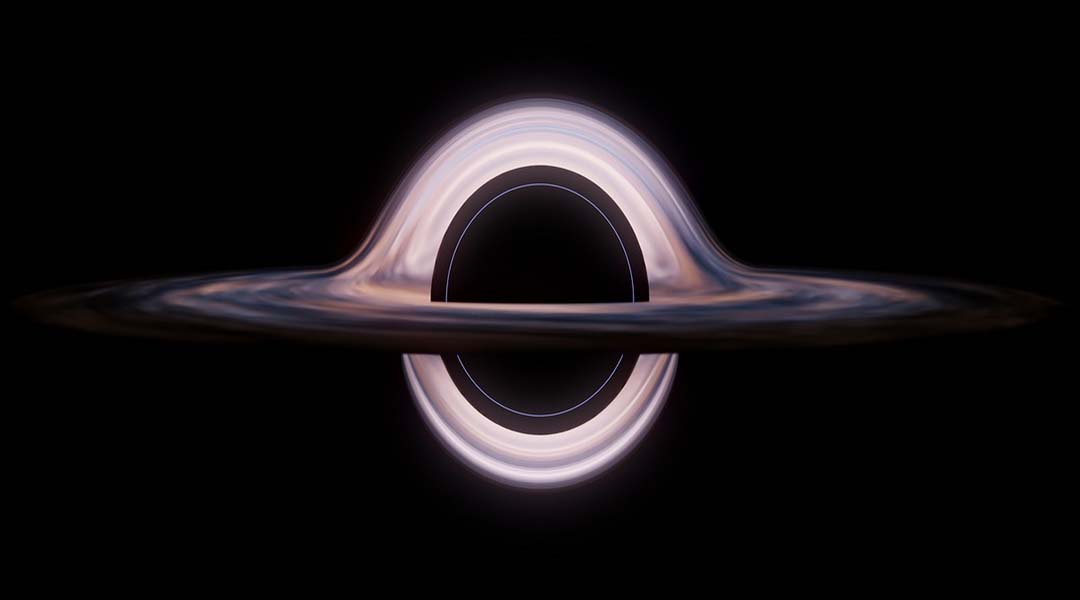
Astronomers looking at how black holes grow over time may have found the answer to one of the biggest problems in cosmology.
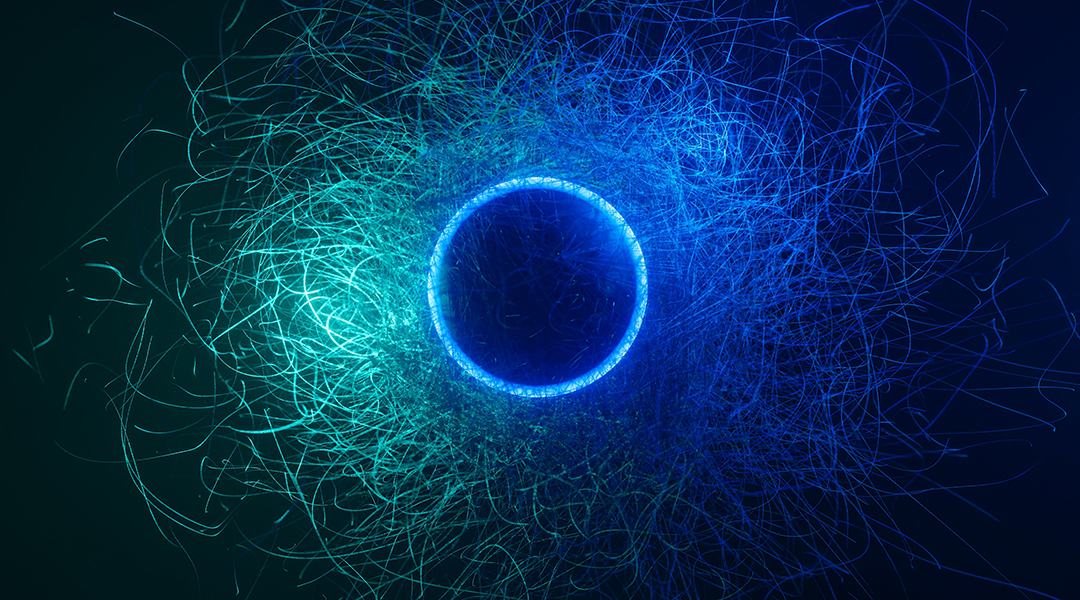
Emergence of classicality states that a quantum description of a large object must be the same as its classical description, but this isn’t always so…
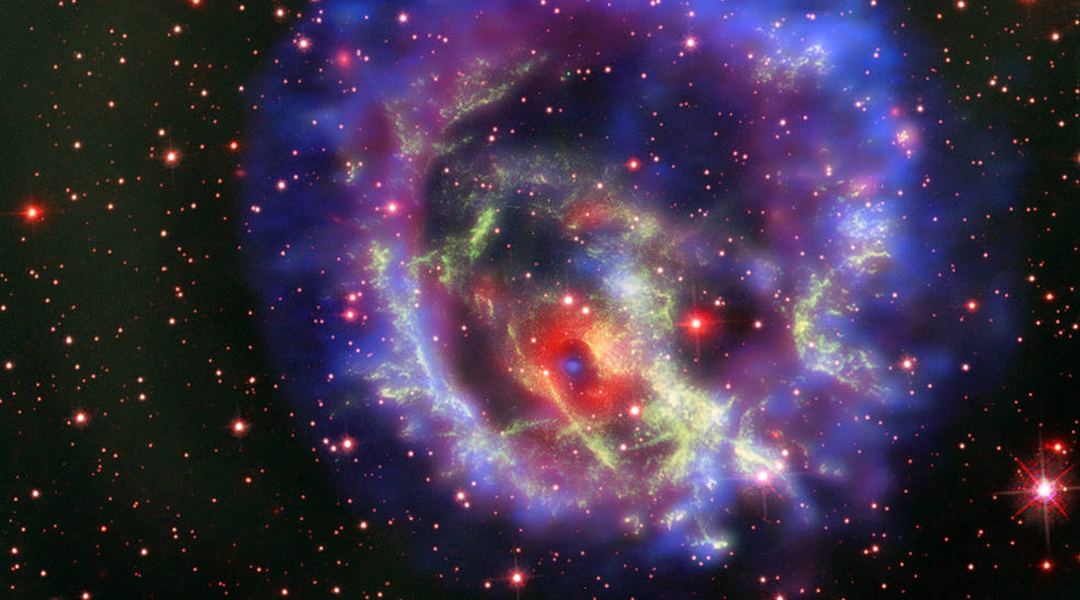
Comparing algorithms used to model spinning neutron stars, scientists hope to better understand the physics of the elementary particles that make them up.